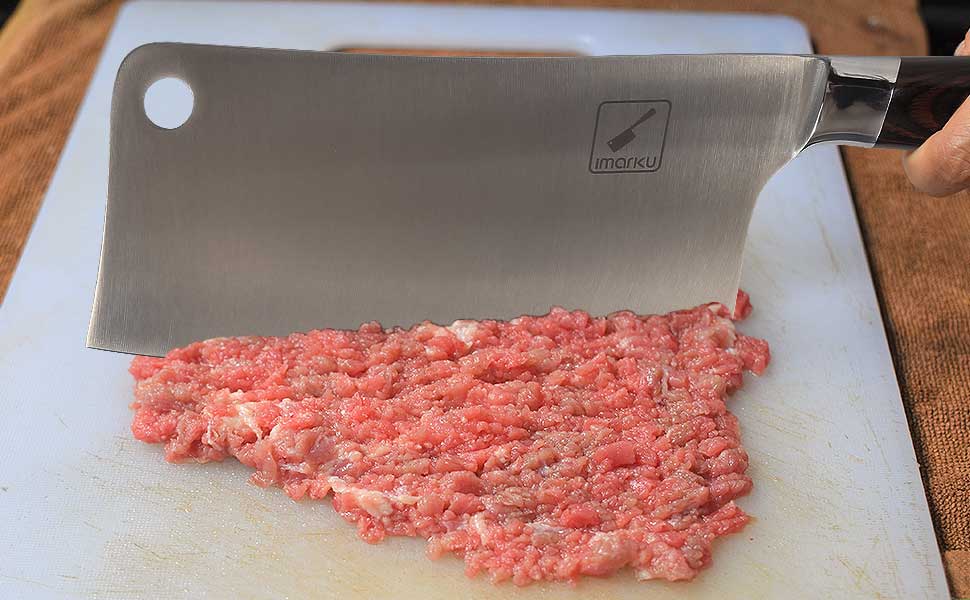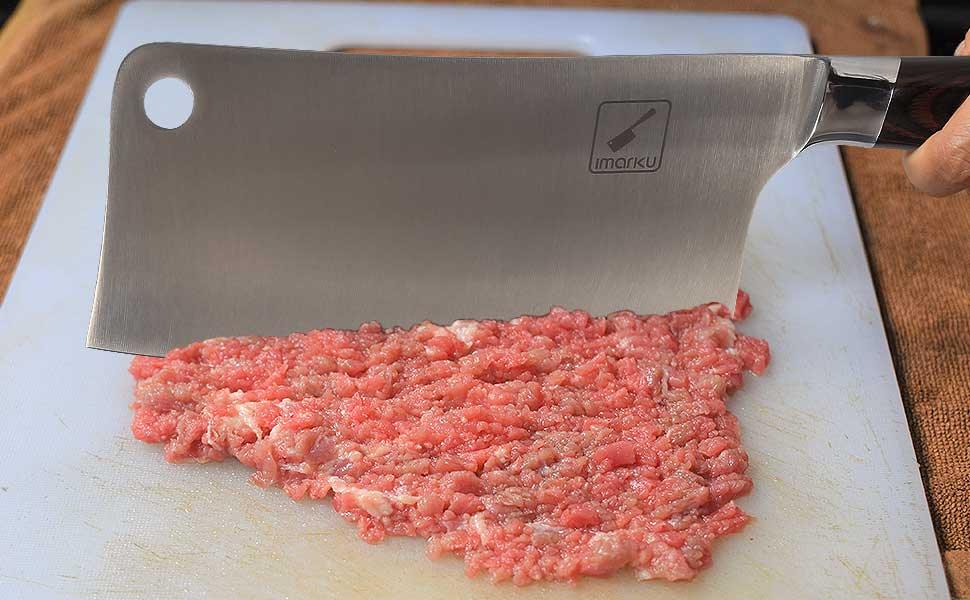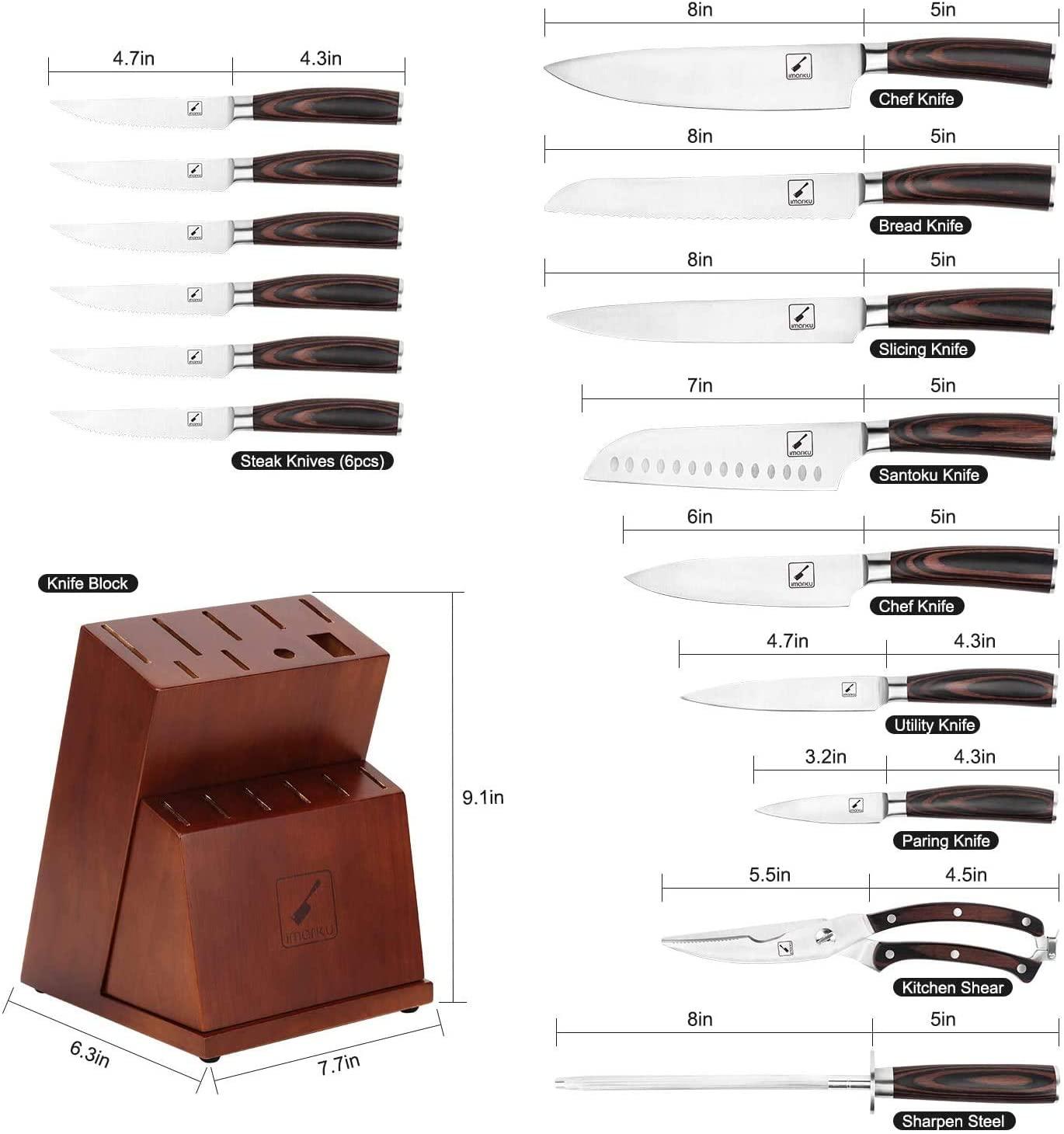TABLE OF CONTENTS
Ground beef goes on sale often in supermarkets, and you can do so much with it. Of course, you are tempted to stock up when that happens. But how long does ground beef last in the fridge? Is it worth it to buy the store's whole supply?
The simple answer is no. Ground meat doesn't keep that long. Unless you plan to use it straight away, it's better to freeze it. Of course, it's even better if you can mince it right before using it in a recipe.
Today, we'll look into how long ground beef will last in the fridge and the freezer. We'll show you the best way to freeze ground beef and how to mince ground beef fresh if you don't have a meat grinder. Let's go.

Raw vs. Cooked Ground Beef
How Long Does Raw Ground Beef Last in the Fridge?
Raw ground beef can usually stay in the fridge for up to 2 days. Proper packaging and handling could buy you extra time, but don't gamble.
So, why does ground beef have a short life in the fridge? It's because of the surface-to-mass ratio. After cutting beef into small pieces with a right meat knife, meat has more areas where bacteria can enter and contaminate it.
To be safe, consider grinding the meat before cooking or long-term storage in the freezer.

How Long Does Cooked Ground Beef Last In the Fridge?
It depends a bit on the recipe, but 4 days is a safe bet.
However, meat has to be refrigerated quickly after cooking for the best result. Allow the freshly cooked meat to cool down for an hour before chilling.
Quality Check
How to Tell if Ground Beef is Bad?
Color
Discoloration is the most noticeable sign of spoiled meat. Green is never good, but brown and gray may not be a big deal.
Red meat looks bright red when it's freshest. Some purple or brown will appear when it's exposed to oxygen, but it's still safe to cook and eat. Poultry and fish should never change color.
When it comes to ground beef, it's fine if it looks slightly grey or brown on the inside but never on the surface. If the surface turns grey, it means that the meat is beginning to rot.
Texture
Spoiled meat has a slimy or sticky texture. The whole piece will look like they almost have a jelly coating on the surface, while ground meat looks like a congealed mass.
Smell
Fresh uncooked meat has almost no odor, while spoiled meat will smell sour. Unless the meat is brined, marinated, spiced, or seasoned, any noticeable odor should be a cause for concern.
Expiration date
You are more likely to encounter the sell-by date on the packaging. It indicates how long the store should keep the meat on the shelves. After that day, the meat is safe to consume for 1-2 more days if kept well-refrigerated.
Ground meat is generally safe to eat up to 5 days after grinding.
Side Effects of Eating Bad Ground Beef
Spoiled ground beef may contain pathogenic bacteria responsible for food poisoning. The symptoms can appear within a day and include stomachache, fever, diarrhea, vomiting, etc. You may need to go to a hospital to get your stomach pumped and for a dose of antibiotics and an IV.
Also, if you are experiencing any of these symptoms, ensure you stay hydrated by drinking plenty of water.

Storage and Preparation
How to Freeze Ground Beef?
If you've bought ground beef from the fridge section in the supermarket, all you have to do is put it into the freezer. If you've ground the meat yourself or got it fresh from the butcher, you must first think of a good storage solution. That tip is coming in a second.
Check if your freezer has a "quick frost" mode. Most contemporary and smart freezers automatically lower the temperature for a while when you close them back. Though, you may need to intervene and set some things up first. Check the user manual for more info.
But, if you want to do it the way pros do, buy some liquid nitrogen. It's cheap, and you can easily get it online. And you can use it to freeze other foods, make ice cream with a regular hand or stand mixer, deep-fry steak after sous vide cooking, etc.
Use a pair of oven gloves to protect your hands. Pack the meat as recommended below and submerge it into liquid nitrogen. When it feels stiff, transfer it into the freezer for storage.

Storage Tips - How to Make Ground Beef Last Longer
Invest in a vacuum sealer. If you freeze any meat, this is the best purchase you can make. Packing ground meat in a vacuum-sealed bag almost eliminates the chances of ice crystal formation. Plus, you get to stuff more food into the ice box.,
If you can't get one right now, prepare a big pot of water. Place the meat into a standard freezer-safe ziplock bag. Zip the bag 3 quarters of the way and place the bag into the pot with water.
The water will push the air out of the bag. Slowly submerge the bag almost to the edge as you zip it shut. Be careful not to allow any water to enter the bag since it will turn into ice and ice crystals later.

How to Defrost Ground Beef Fast?
Defrost in the fridge
The fridge is the safest place to defrost meat since it always stays in the safe temperature zone. But it's slow.
The trick to speed it up starts before the meat goes into the freezer in the first place. Make sure to package the ground meat so there's a large surface area-to-mass ratio. For example, pre-make the burger patties, or flatten the meat into any large flat shape.
This will make it defrost quicker, and the meat will also freeze better since you're lowering the chances of ice crystal formation.
Defrost under cold running water
It's time for the good old second law of thermodynamics. The heat moves from hotter to colder objects, so running water will increase the temperature of the meat as it flows over it. And since the water is cold, the meat temperature never goes up into the unsafe zone.
Place the package of ground meat into the sink and turn the cold tap on. That's it. You can walk away and check from time to time how the beef is progressing.
It's not the end of the world if the meat gets into contact with water. However, make sure to clean up the sink properly to prevent cross-contamination.
The Best Products to Handle Ground Beef
14-Piece Stainless Steel Cookware Set
Pros
- Textured sides for even heat distribution.
- Pro-grade construction.
- Maximum versatility.
Cons
- You have to build a seasoning.
- The hammered look doesn't match all kitchens.
Nothing works as well for building a fond as a stainless steel pan. You must have at least one solid steel pan if you cook with meat. And if you want a set that can go the distance in the kitchen, it's this one.
You can also season every piece if you are not too keen on the lack of the nonstick coating. Just follow any set of instructions for seasoning cast iron and stainless steel.
But the best part of the set is the hammered walls of each vessel. They ensure that even the heat distribution you expect from the bottom of the pan spreads throughout it.
Red Cookware Sets | 16-piece Nonstick Red Pots and Pans Set

Pros
- High-quality nonstick coating.
- Great heat distribution.
- Everything you need for any job in the kitchen.
Cons
- Comes only in red.
- The dark coating may make it difficult to see what's happening when caramelizing foods.
Good nonstick pots and pans are a must when working with ground meat. The surface should prevent sticking and be tough enough to handle all the stirring. This is where this set shines.
The MVP is the stock pot with the same coating as the frying pans. You can brown the meat in the pot and finish the recipe without dirtying another vessel.
The cons for this set, at least when it comes to cooking ground beef, are just about splitting hairs. But you can always check out the previous entry if the second one is indeed an issue.
Stainless Steel Nonstick Frying Pan

Pros
- Nonstick honeycomb surface.
- Solid and comfortable handle.
- Suitable for both browning and making meat sauces.
Cons
- It can feel light for its size.
- The sides are too tall for some cooking applications, i.e., pancakes.
The 12" version of this pan is perfect for most recipes. It provides plenty of space for browning ground meat and cooking burgers. Though unsuitable for making the crispest pancakes, the tall sides will allow for a great batch of meat sauce.
The best feature is the nonstick honeycomb surface. After the initial seasoning, it will prevent the meat from sticking even when you cut down on oil. And unlike some alternatives, you don't have to baby it when you stir and break the ground meat apart.

Tips for Grinding Meat Without a Grinder
Chopper knife
If you don't have a meat grinder, you can chop up the meat with a niche sharp chopper knife. The texture will be perfect for meatballs, meat sauces, moussaka, shepherd's or cottage pie, etc.
Start by making slices at a 45-degree angle into the meat. Be careful not to slice all the way through because your next step is to flip and repeat. Then, make slices at a 90-degree angle, then flip and repeat.
If you need the meat to be finer than that, use the knife to mince the meat as you would when mincing herbs. And if your knife skills are poor, try this part with a Mezza luna instead.
Food processor
A food processor is ideal if you need to pulverize the meat into a paste for recipes like Beef Mint. In that case, add the meat into the bowl and let the machine do its thing. But if you need to friend meat for burgers or meatloaf, you will have to work smarter.
Start by chopping the meat into bite-size pieces. Add enough beef to cover the base of the bowl only, then pulse to chop. Work in batches and dry the bowl between each one with a paper towel.
Keep in mind that using a food processor will increase the temperature of the food. To prevent that, chill the bowl and the blade in the fridge before chopping. If you are working with more than a pound or two of meat, you may need to take breaks and cool down the equipment a few more times.
Slow juicer
You can grind meat in a pinch if you own a horizontal slow juicer. The basic construction is similar to a standard manual meat grinder, minus the grinding discs.
Some slow juicer manufacturers sell accessories that can turn your machine into a meat grinder.
But if you have to work with what you already got, block the juice spout and use the juicer as if you were making peanut butter. The meat will come out looking like a large noodle. Use your knife to chop it up quickly for better results.
FAQ
Why does meat turn grey in the fridge? Is ground beef bad if it's grey or brown?
Meat gets its red color from a pigment called myoglobin. Myoglobin is rich in iron, and when the iron gets in contact with oxygen, it oxidizes and makes beef turn grey or brown.
If the ground beef changes color in the fridge or the freezer, it's a sign that it was not packaged well. However, it's not an automatic sign of spoilage, and it could still be safe to eat. Look for other signs before starting on your favorite meatloaf or burger recipe.
Is ground beef good after 5 days in the fridge?
When raw, the beef is safe in the fridge for up to 3 days, especially if it's in the original package. When cooked, it could last up to 5 days. If you plan to keep it around for longer than that, it should go into the freezer.
Treat this as a rough guideline. Instead, check the packaging label for more info, or ask the butcher and workers behind the counter.
If you freeze raw ground beef but it expires, can you still unthaw and cook it?
If you've left your beef in the freezer for a year, it will still be safe to eat. But don't keep it around for that long - after 3 months, the quality will drop a lot.
As long as the beef stays at 0 degrees Fahrenheit, it's not likely to develop mold or bacteria. However, it will have a bad taste and texture.























Leave a comment
All comments are moderated before being published.
This site is protected by hCaptcha and the hCaptcha Privacy Policy and Terms of Service apply.